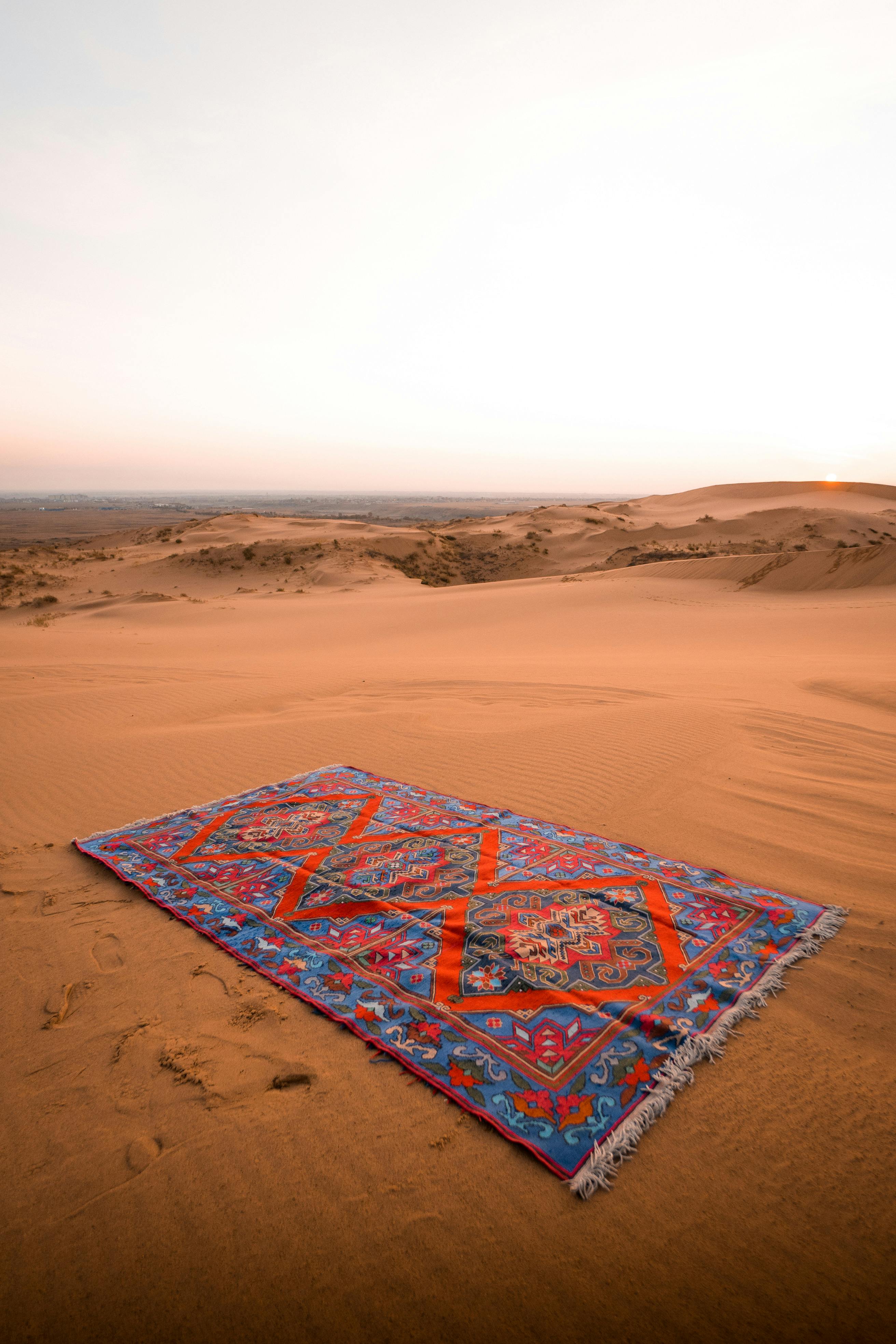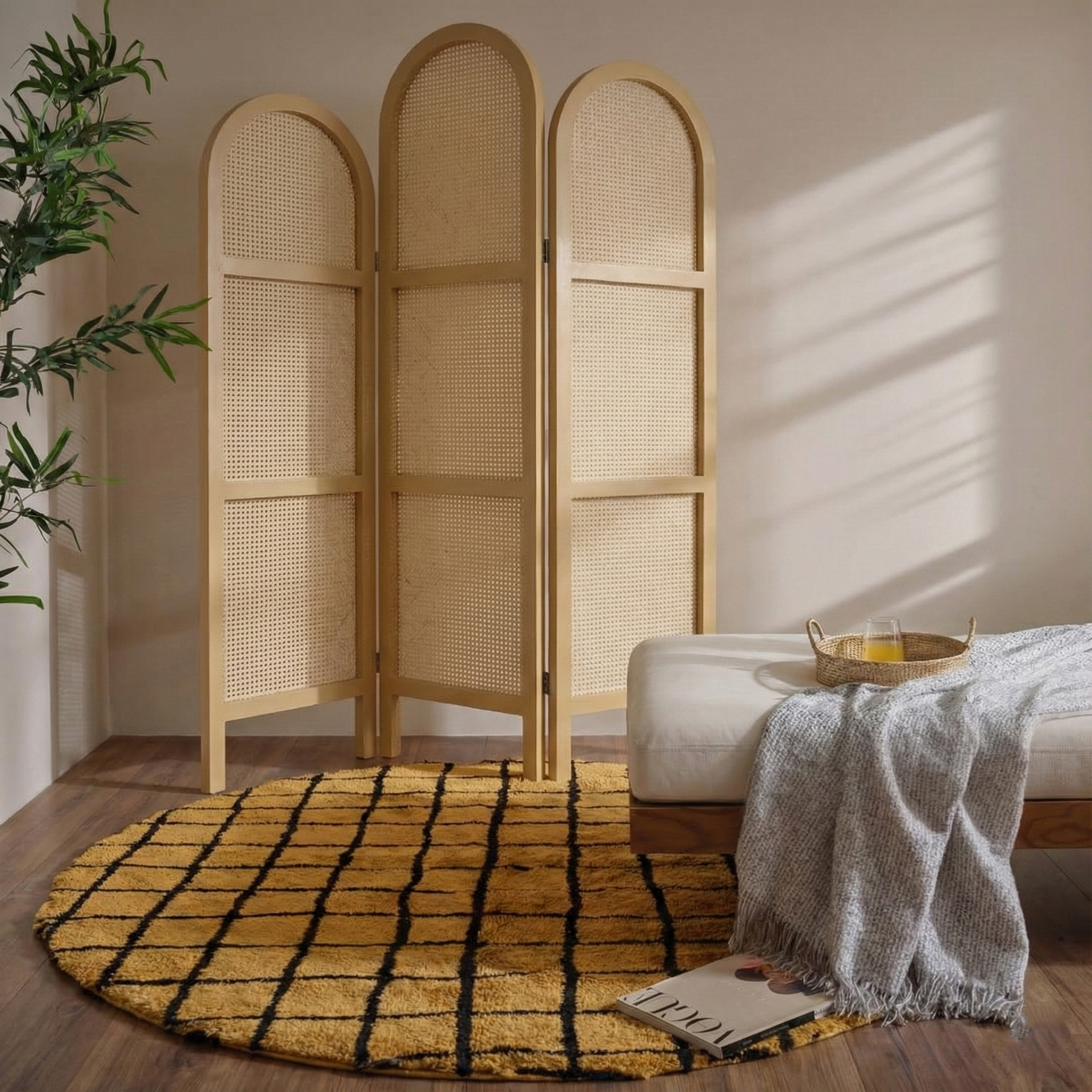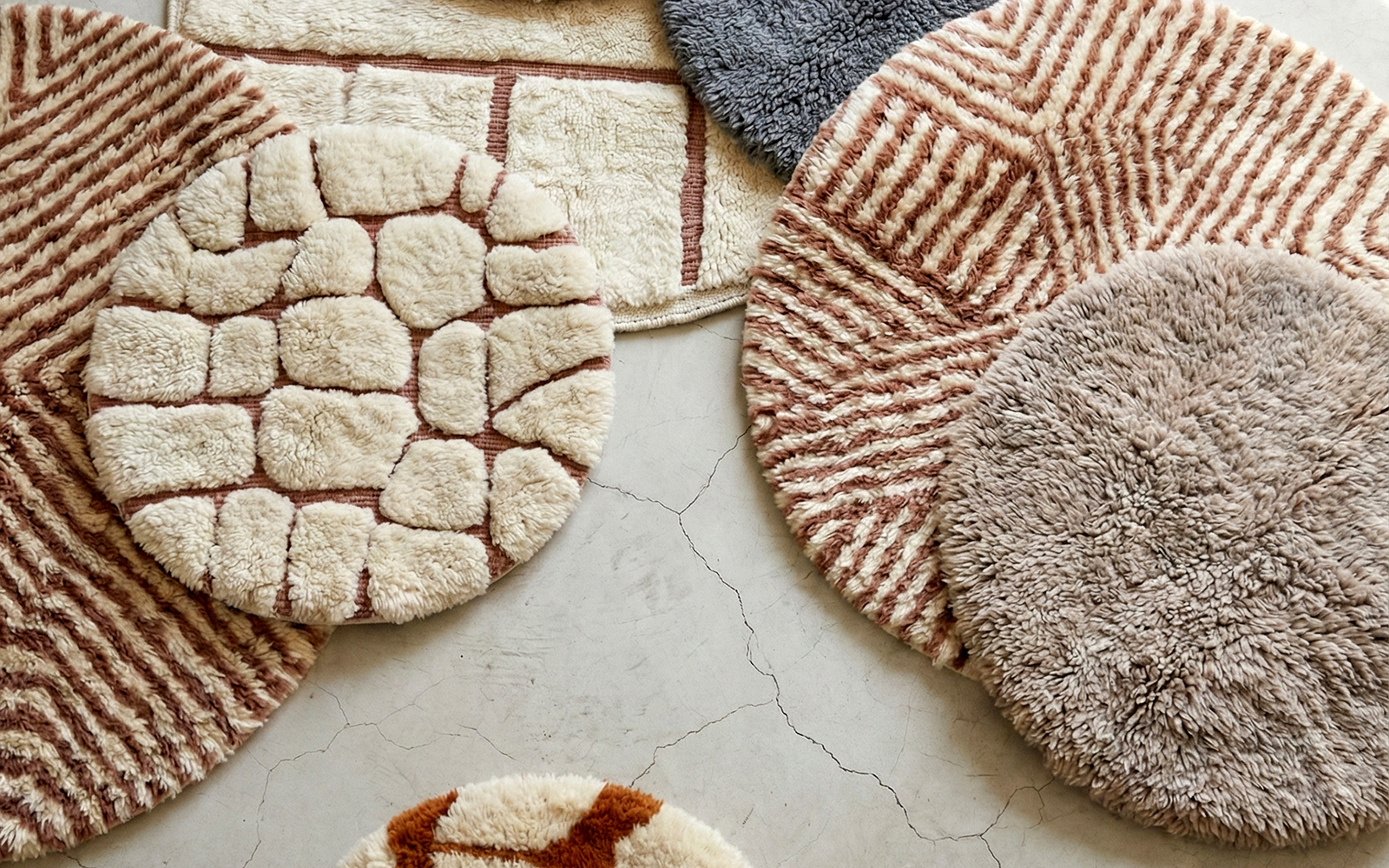
Moroccan Berber rugs are recognized all over the world for their distinct beauty and welcoming look. You have heard of Beni Ouarian or Kilim rugs for sure while looking for home decor inspiration on the internet. These handmade rugs are warm and welcoming, with a seductive beauty that makes them an irresistible addition to every home or living room, as they are designed to last a lifetime.
The start of Moroccan rugs selling was not on purpose, It has been growing slowly as it was not a business from the very beginning.
Moroccan rugs were historically crafted by the Berber (Amazigh) tribes to meet the shifting and harsh climatic conditions of Morocco. These tribes used to travel across the Atlas Mountains, the Sahara Desert, and the tropical forests of Morocco. To deal with the unusual climatic circumstances, they started weaving unique rugs that represent the Berber culture in order to tell stories through the making of these rugs. The point of making these one of a kind rugs was first for unique domestic uses only, they used to make blankets, rugs, and anything to make them warm. They were made uniquely by the local women in their spare time. Each family had their own design and their own touch that will differentiate them from other families. The women used to teach their daughters the art of rug making so that it stays as a tradition in the family. The art of making rugs was and still is the only way for Moroccan local Berber women to express themselves and demonstrate their thoughts. They have made a great job in creating these abstract pieces of art. As a result, these rugs became popular among other tribes. They were then passed on from generation to generation as a way of passing down the different signs used by a tribe. This is why Moroccan Berber rugs have so many distinct patterns and styles that each represent the very own culture of a specific tribe.

Because of their smooth and cozy feel, the wealthy were compelled to purchase more and more Berber rugs. As a result, the Moroccan rug trade became a major occupation in Morocco. Following that, in Moroccan Bazars, we can find all Moroccan kilim rugs, Beni Ourain rugs, boucherouite rugs, Mrirt rugs, and a variety of other rugs.
Finally, because of their charm and immense beauty, these rugs have achieved worldwide fame and can be found in a multitude of environments, both at home and at work.




